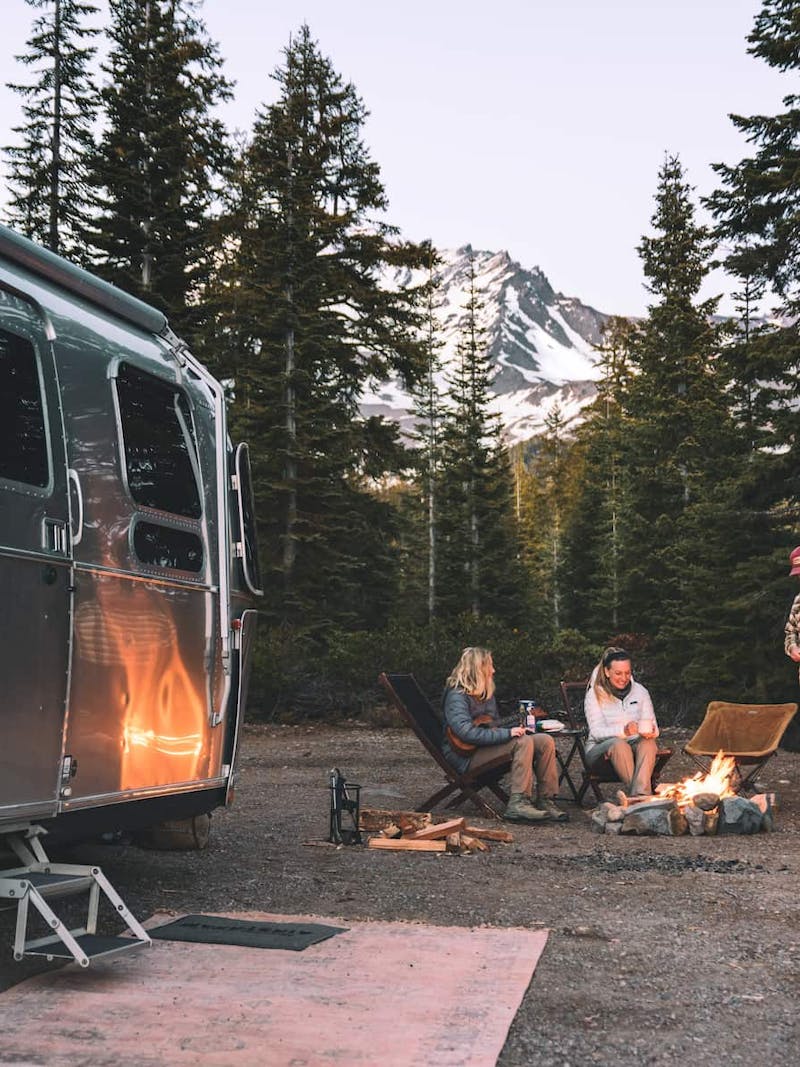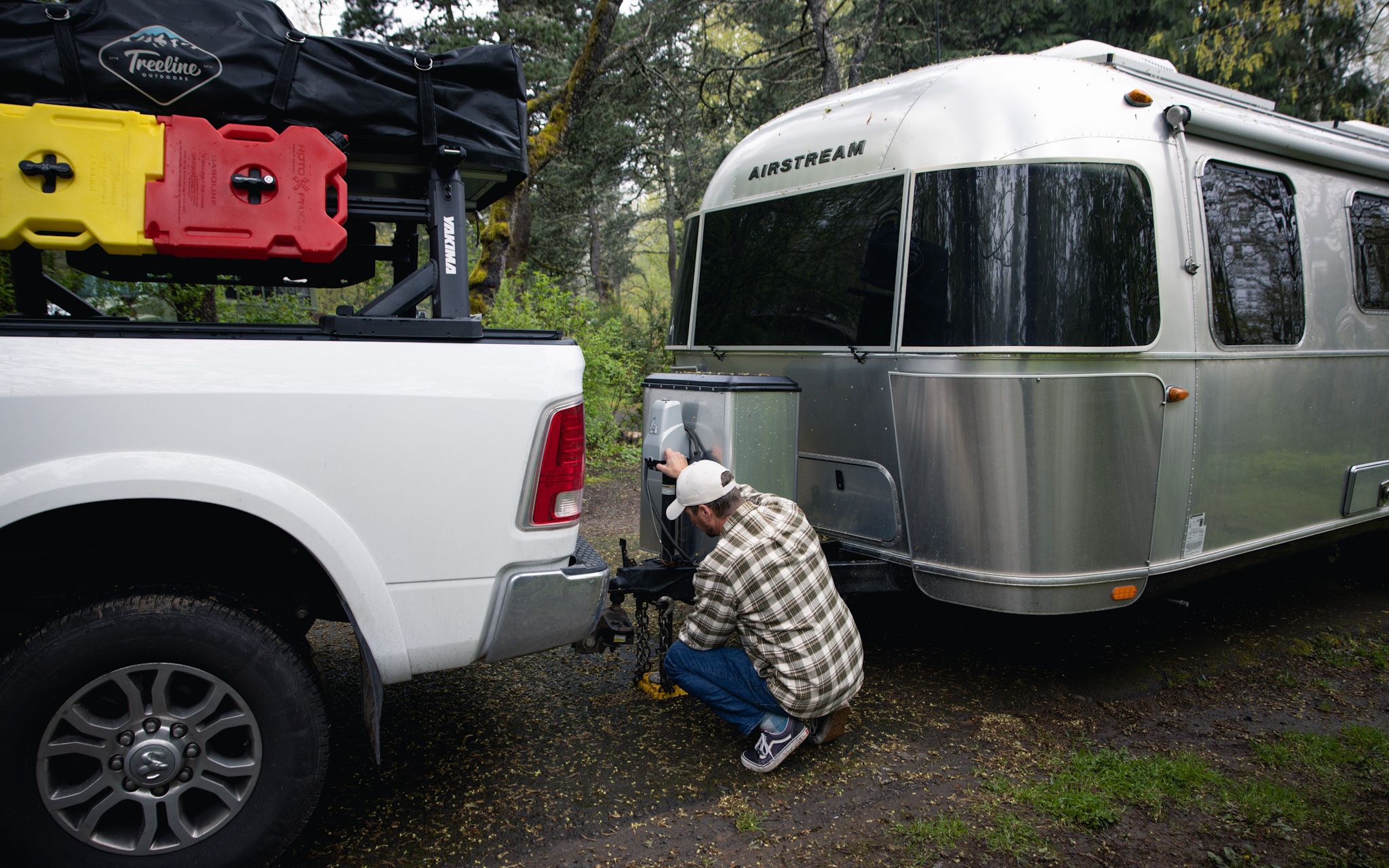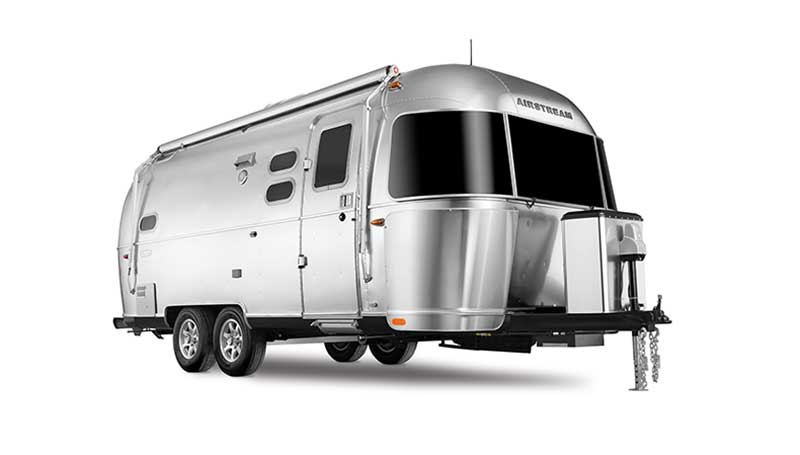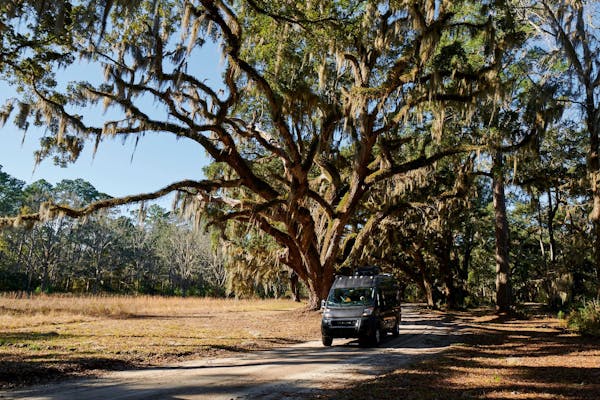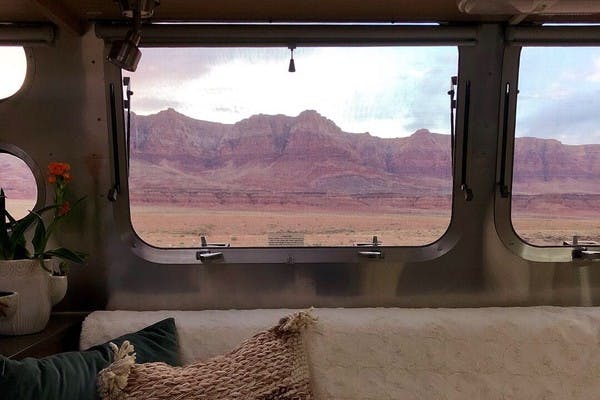THOR Ambassador: RV Responsibly Program
Karen is endlessly curious, with an insatiable appetite for travel and exploring nature. She is an entrepreneur, scuba instructor, and photographer, living and working on the road with her husband Lenny, daughter Lilya, their adorable dog Marley and a colorful little parrot named Mango. She believes in creating the life you desire and living it to the fullest.
